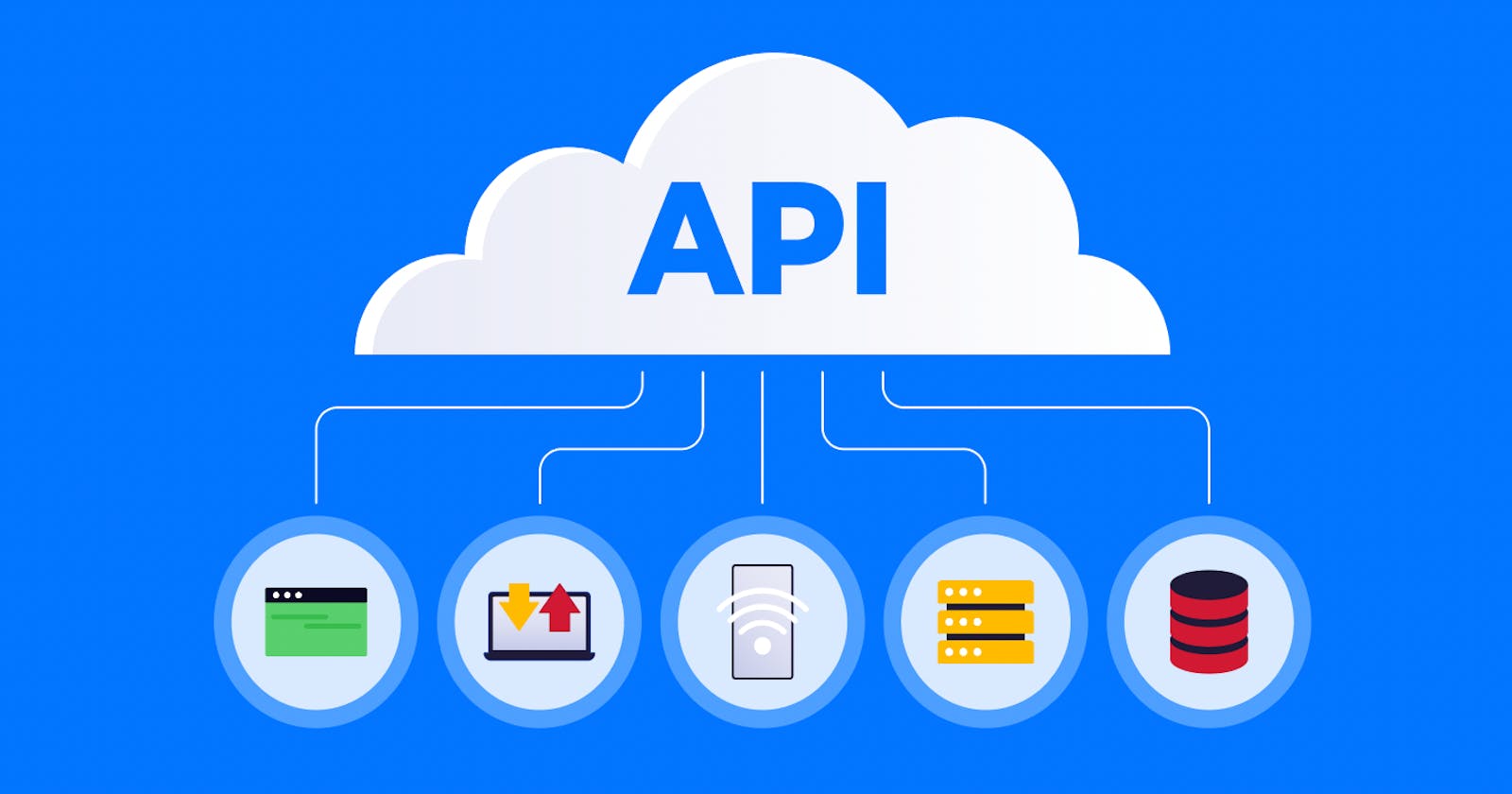API Development: A Comparative Analysis of REST, GraphQL, and gRPC for Best Use Cases
API development plays a crucial role in modern software engineering, enabling seamless communication and integration between different software systems and applications. With the growing complexity of software architectures and the need for efficient data exchange, developers have embraced various API protocols and frameworks. Three popular options are REST, GraphQL, and gRPC, each with its own strengths and best use cases. In this article, we will compare these three technologies and explore their features, benefits, and suitable scenarios.
REST (Representational State Transfer)
REST has been the dominant API paradigm for many years. It is based on a stateless, client-server communication model, where resources are represented as URLs and manipulated through standard HTTP methods such as GET, POST, PUT, and DELETE. REST is known for its simplicity, scalability, and loose coupling, making it ideal for building flexible applications.
Benefits of REST:
Simplicity: REST follows a straightforward design pattern, leveraging well-established HTTP protocols.
Scalability: RESTful APIs can handle a large number of clients and scale horizontally by adding more servers.
Loose Coupling: REST promotes loose coupling between clients and servers, allowing for independent development and evolution.
Best Use Cases for REST:
Mobile Applications: RESTful APIs are suitable for mobile applications due to their lightweight nature and compatibility with HTTP.
Web Services: REST is widely used for building web services and APIs that can be consumed by various clients.
Integrations: RESTful APIs are excellent for integrating different systems, allowing them to communicate and share data.
GraphQL
GraphQL is a query language for APIs that allows clients to request specific data structures and shape the response according to their needs. Unlike REST, where the server defines the structure of the response, GraphQL gives the client autonomy to fetch precisely what it requires in a single request.
Benefits of GraphQL:
Efficient Retrieval: GraphQL enables clients to define their data requirements, reducing over-fetching and under-fetching issues.
Client Autonomy: Clients have control over the data they receive, reducing the need for multiple round trips.
Strong Typing: GraphQL's type system provides robust validation and self- documentation capabilities.
Best Use Cases for GraphQL:
Complex Data-Intensive Applications: GraphQL is suitable for scenarios where the data model is complex, and fine-grained control over data fetching is crucial.
Rich User Interfaces: Applications with interactive user interfaces benefit from GraphQL's ability to fetch data precisely tailored to UI components.
Rapidly Changing APIs: GraphQL's flexibility allows APIs to evolve without breaking existing client implementations.
gRPC (Google Remote Procedure Call)
gRPC is a high-performance, open-source framework developed by Google, designed for building efficient and scalable APIs using remote procedure calls. It uses the Protocol Buffers (protobuf) language-agnostic data serialization mechanism and can be implemented in various programming languages.
Benefits of gRPC:
Fast and Efficient: gRPC provides a binary payload format and leverages HTTP/2, resulting in faster and more bandwidth-efficient communication.
Strong Typing: gRPC uses Protocol Buffers, which offer a well-defined schema and automatic code generation for client and server applications.
Bidirectional Streaming: gRPC allows both clients and servers to send and receive multiple streams of data, making it ideal for real-time applications.
Best Use Cases for gRPC:
Microservices Architectures: gRPC is well-suited for building APIs in microservices architectures, where low latency and high performance are essential.
Distributed Systems: Applications that require real-time communication and efficient data transfer between different components can benefit from gRPC.
Interoperability: gRPC's language-agnostic nature makes it suitable for building APIs that can be consumed by different programming.
Best Use Cases for gRPC:
Microservices Architectures: gRPC is well-suited for building APIs in microservices architectures, where low latency and high performance are essential.
Distributed Systems: Applications that require real-time communication and efficient data transfer between different components can benefit from gRPC.
Interoperability: gRPC's language-agnostic nature makes it suitable for building APIs that can be consumed by different programming
In conclusion, API development is a vital aspect of software engineering, facilitating seamless communication and integration between different applications and systems. When choosing an API technology, it is important to consider the specific requirements and use cases of the project.
Thanks for reading.

